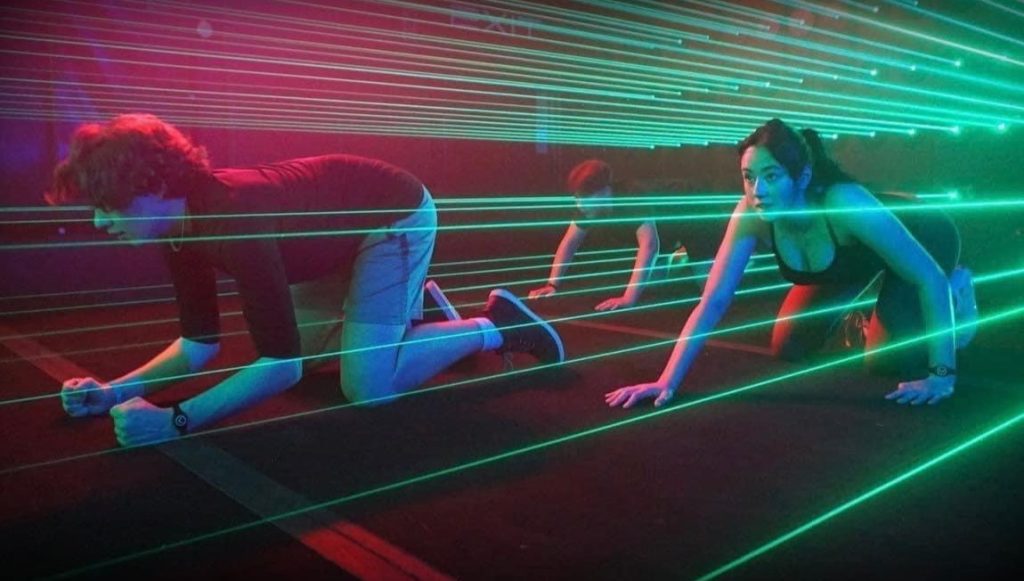The Activate games evolution of interactive floor technology represents a quantum leap in how venues engage with guests through multi-sensory experiences. Modern systems now incorporate advanced pressure-sensitive grids that detect not just movement but weight distribution, gait patterns, and even group dynamics. This sophisticated sensory input allows for truly adaptive experiences that respond intelligently to how guests naturally interact with the space.

Today’s most advanced interactive floors feature hyper-responsive surfaces capable of distinguishing between subtle foot taps and energetic jumps, enabling games that adapt to individual play styles. The technology now includes thermal sensors that detect body heat patterns, allowing the system to anticipate movement and create more intuitive interactions. These developments have transformed static floors into dynamic canvases that breathe life into entertainment spaces.
The Activate games true innovation lies in how these systems process sensory data in real-time. Using distributed computing architecture, the technology analyzes thousands of data points per second to create seamless experiences that feel both magical and natural. This creates opportunities for educational institutions to teach physics through interactive simulations, for retail spaces to guide customers through immersive product experiences, and for healthcare facilities to incorporate therapeutic movement into patient care.
What sets next-generation systems apart is their ability to learn from interactions. Machine learning algorithms study how different age groups and demographics engage with the technology, automatically adjusting difficulty levels and content suggestions. A children’s museum might see the system offering simpler, more colorful interactions during school hours, while transitioning to more complex challenges for evening adult visitors.
The Activate games commercial applications extend beyond traditional entertainment. Corporate lobbies use interactive floors for brand storytelling, with company histories unfolding beneath visitors’ feet. Hotels create memorable check-in experiences where guests literally step into their vacation. Trade shows leverage the technology for data collection, analyzing which products attract the most engagement based on foot traffic patterns.

Durability has seen remarkable improvements with the integration of nano-coated surfaces that resist scratches while maintaining optical clarity. These coatings also provide anti-microbial properties, making the technology suitable for healthcare and food service environments. The latest installations boast 100,000-hour lifespans with minimal maintenance requirements, representing significant long-term value for venue operators.
Accessibility features have become increasingly sophisticated. Systems now include audio feedback for visually impaired users, vibration responses for hearing-impaired guests, and adjustable sensitivity settings for users with mobility challenges. This inclusive design approach ensures everyone can participate fully in the interactive experience.
The future points toward even greater integration with other building systems. Imagine floors that communicate with lighting systems to highlight pathways, or that share data with HVAC systems to optimize climate control based on occupancy patterns. As IoT connectivity expands, interactive floors will become central components in smart venue ecosystems, contributing to both entertainment and operational efficiency.
Comments are closed.